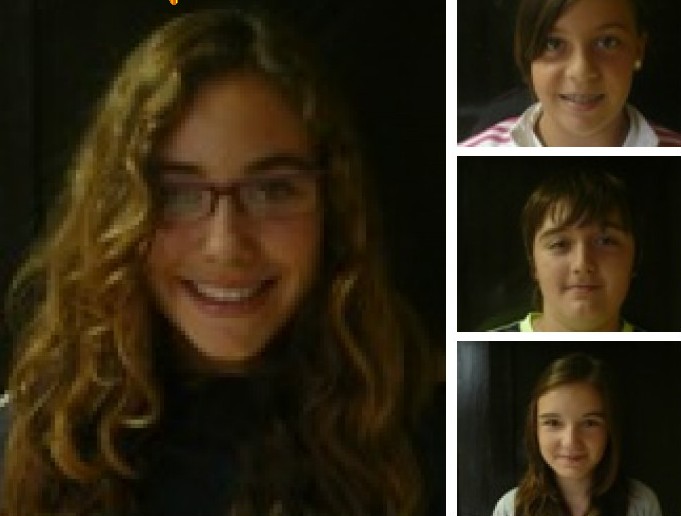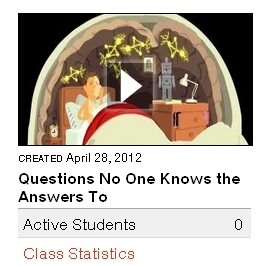This is how I am planning to introduce the structure Have Something Done. I hope it is helpful!
Situation 1. Students are shown a picture such as a wedding . Ask leading questions such as Would you like to get married? What sort of preparations are required for this event? Make sure students become aware that one person cannot do it all alone. Ask the students what the solution is or how they cope to elicit that they pay people to do it for them.
Students will most probably tell you that the bride goes to the hairdresser’s and pays someone to do her hair or to paint her nails. 
This should be the right time to introduce the structure.
Exactly, so the bride has her hair done at the hairdresser’s and her nails painted at the beautician’s.
Some more hints :
Wedding dress/ design
Hair /do
Photographs /take
Nails /do
Wedding cake /decorate
Invitations / send
Music at the ceremony /play
 Situation 2. Being rich
Situation 2. Being rich
Students imagine they are rich and could have all sorts of things done for them, like annoying everyday chores that nobody likes doing plus some luxuries that money allows for.
I’d have my back massaged every day.
Encourage students to use their imagination and ask them to try to come up with something very extravagant. You can put them in groups of four and vote for the most extravagant luxury within the group and then within the class. This will encourage everybody to participate and have a nice laugh while learning.
Grammar and some exercises here

 a language writing is, for me, the most boring one. I don’t think it’s the hardest by any means, this prize is awarded to Speaking but the truth is that students find it boring and we, teachers, almost always put off marking essays for as long as we can.
a language writing is, for me, the most boring one. I don’t think it’s the hardest by any means, this prize is awarded to Speaking but the truth is that students find it boring and we, teachers, almost always put off marking essays for as long as we can.

 For teachers , one of the most powerful features is the FLIP THE LESSON where you can customize the lesson by editing the title, giving your own instructions, select or deselect any multiple choice questions…etc.
For teachers , one of the most powerful features is the FLIP THE LESSON where you can customize the lesson by editing the title, giving your own instructions, select or deselect any multiple choice questions…etc.